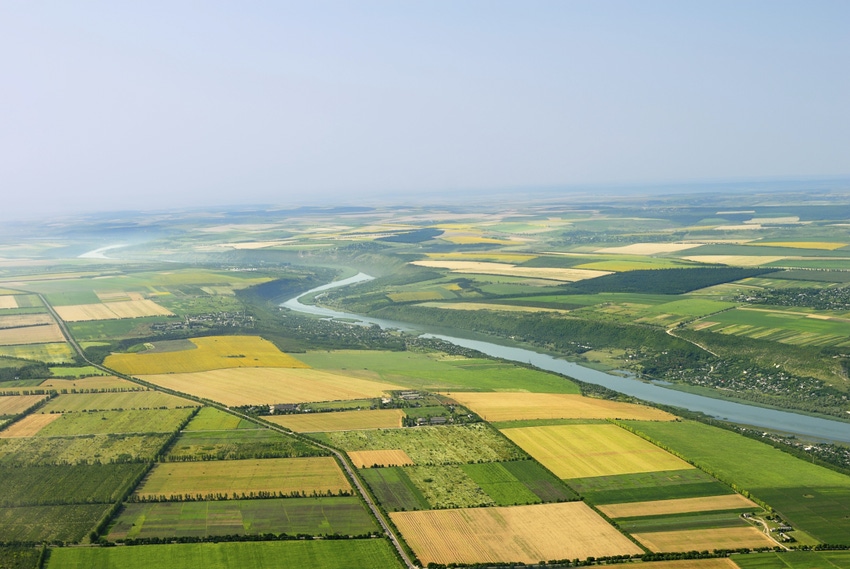Ag producer sentiment rebounds after trade progress
Over 60% of producers say new USMCA, if approved, would at least somewhat relieve farm income concerns.

Agricultural producer sentiment rebounded in October as producers became more optimistic about current conditions and, especially, future conditions, according to the latest Purdue University/CME Group Ag Economy Barometer. The barometer, which is based on a survey of 400 agricultural producers from across the country, showed a reading of 136 in October, 22 points higher than September and the lowest reading for the survey since 2016.
The barometer’s two sub-indices both increased in October: The Index of Current Conditions rose 19 points to 115, and the Index of Expectations rose 24 points to a reading of 146.

“We continue to see large month-to-month variations in the barometer readings as a result of swings in major commodity prices and emerging news about trade negotiations with key ag trade partners,” said James Mintert, the barometer’s principal investigator and director of Purdue University’s Center for Commercial Agriculture.
The Trump Administration announced the renegotiated U.S.-Mexico-Canada Agreement in early October. Although the trade agreement will not actually go into effect until the U.S. Congress and legislatures in both Mexico and Canada approve it, the survey asked whether producers believed the agreement would relieve their concerns over farm income in the next 12 months. Results were mixed, with just over 60% of producers saying the agreement would at least somewhat relieve their farm income concerns and 25% of producers saying it would not.
Respondents were also more optimistic about crop prices for the upcoming year. The October survey asked producers about their expectations for corn, soybean, wheat and cotton prices in the next 12 months. In each case, more producers said they expect to see higher prices. For corn, soybeans and wheat, the ratio of producers expecting higher prices versus lower prices was just over three to one.
To learn whether this year’s sharp decline in soybean prices will affect producers’ 2019 soybean planting intentions, farmers who planted soybeans in 2018 were asked whether they intended to maintain that same acreage in 2019. Of those respondents, 77% said their acreage would remain unchanged, but one in five soybean growers said they plan to reduce soybean acreage in 2019. Among those who plan to reduce their 2019 acreage, two-thirds said they plan to reduce it by more than 10%.
According to survey results, the percentage of respondents expecting lower farmland values in the year ahead declined to 17% in October, 15 points lower than a month earlier. Also, fewer respondents are expecting higher farmland prices in the next 12 months, as that percentage fell to 12% in October from 16% in September.
The reduction in the percentage of farmers expecting higher farmland values was even more noticeable when the survey posed the same question over a five-year, instead of 12-month, time frame. Looking ahead five years, just 21% of respondents said they expected farmland values to rise -- a 25-point drop compared to a month earlier and the lowest percentage expecting farmland values to rise five years out since the question was first posed in May 2017.
As for making farm investments, while results showed an improving outlook, producers still remain cautious about making large investments in their farming operations. The percentage of producers indicating that now is a bad time to make large investments declined modestly to 72% in October, down from 78% a month earlier, while the percentage who said now is a good time to make large investments rose to 24% from 20% in September.
About the Author(s)
You May Also Like



